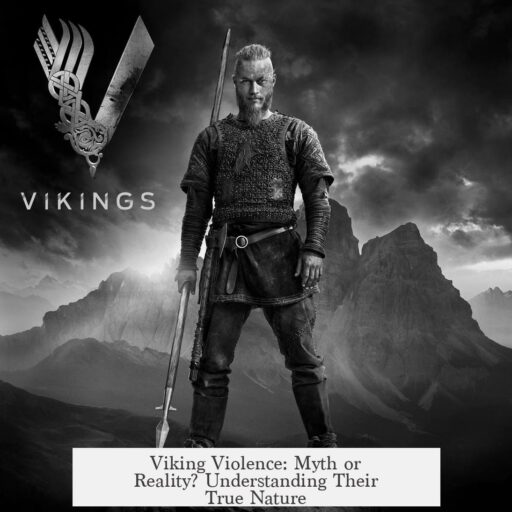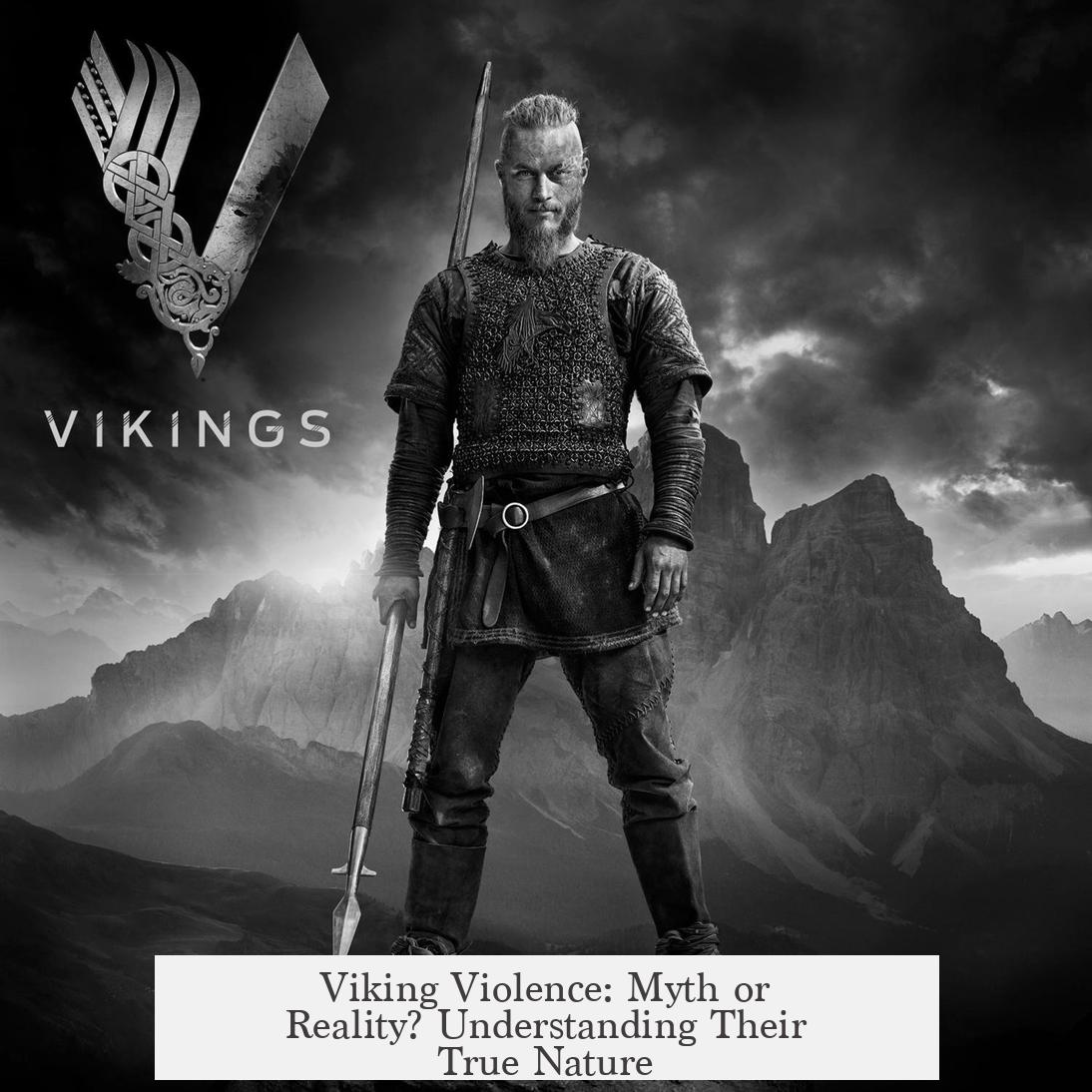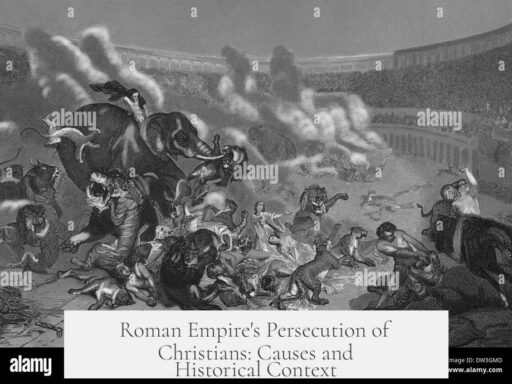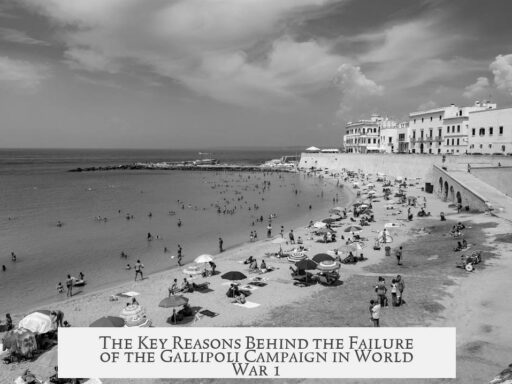Were Vikings really that violent Or is it just a myth? Vikings indeed earned a reputation for violence, mainly as raiders and pirates during the Viking Age (late 8th to mid 11th century). Historical evidence confirms their aggressive attacks, especially against monasteries and coastal settlements. However, the image of Vikings as purely brutal warriors is more complex than popular culture suggests. Their violent actions are well-documented, but they also engaged in trade, settlement, and diplomacy.
The term “Viking” itself means pirate or raider, pointing toward a reality of violent maritime expeditions. Evidence from early written sources supports this view. The first recorded Viking attack on English soil occurred in 787 or 789, when Northmen from Norway attacked and killed a local official. This event marked the start of numerous raids across the British Isles and Continental Europe. The infamous 793 raid on the Lindisfarne monastery is often cited as a symbol of Viking violence. Alcuin, a scholar of the time, described the horror and destruction that Vikings inflicted on sacred Christian sites. Similar reports come from various chronicles, including the Anglo-Saxon Chronicles and the Royal Frankish Annals, recording multiple assaults on monasteries and towns.
Throughout the 9th century, Viking raids escalated in scale and brutality. Quick coastal raids gave way to long campaigns, sieges, and invasions. For instance, the Great Heathen Army invaded and settled large parts of England. On the European continent alone, historians have recorded about 120 distinct Viking attacks between 840 and 911. These attacks were marked by widespread looting, killing, and destruction.
Accounts from the period emphasize the violence Vikings unleashed. Alcuin lamented how they desecrated sanctuaries and shed blood around altars. Another chronicle describes the Vikings capturing Nantes, destroying its cathedral, beheading the bishop during mass, and slaughtering the gathered congregation. Stories of Viking violence appear across vitae (saints’ lives) and miracle accounts from the time, illustrating the fear they inspired. For example, the “Martyrdom of Saint Blamthac” narrates how Vikings killed the saint after he refused to give up relics. In the Old English poem “The Battle of Maldon,” Vikings are described as wolfish and eager for slaughter.
Interestingly, Scandinavian sources also reflect this violent reputation. While Scandinavia was mostly pre-literate until the 13th century, skaldic poetry, composed by court poets, contains many vivid descriptions of death and bloodshed tied to Viking raids. One poem by Arnor Thordarson graphically depicts an earl’s campaign on English soil, firing flames, collapsing halls, and driving refugees. Old Norse sagas are saturated with violent conflicts, feuds, and brutal rituals like the “Blood Eagle,” where lungs were reportedly ripped out to form an eagle shape—though some scholars debate the historicity of this practice.
Despite the emphasis on violence, Vikings were not solely raiders. They were traders, settlers, and explorers who integrated with local populations over time. For instance, Vikings established settlements in England, Ireland, and Normandy, contributing to local culture and politics. Archaeological evidence shows economic exchange and cultural blending alongside violent raids.
| Perspective | Key Points |
|---|---|
| Early Medieval Sources | Numerous reports of raids and violence, focus on monasteries and coastal settlements |
| Scandinavian Literature | Skaldic poetry and sagas emphasize warrior valor and bloodshed, reflect violent traditions |
| Modern Historical View | Balance between violence and settlement/trade, critique of stereotype as purely savage |
- Vikings actively raided and plundered coastal and religious sites.
- Medieval sources often depict them as brutal and ruthless enemies.
- Scandinavian poetry and sagas confirm a cultural acceptance of violence.
- Violence formed a large but not exclusive part of Viking activity.
- Trade, settlement, and cultural exchange were significant Viking pursuits.
Were Vikings Really That Violent Or Is It Just a Myth?
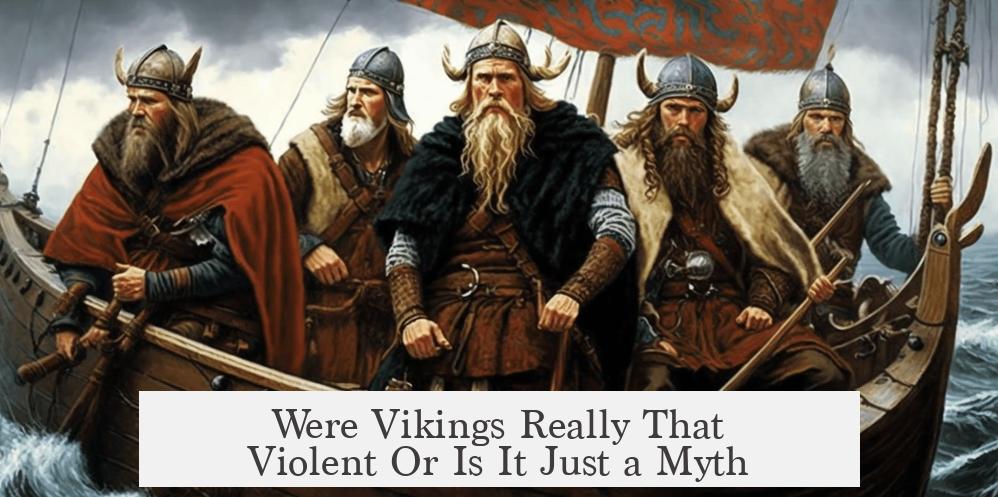
Are Vikings as brutal and bloodthirsty as history and popular culture paint them? The short answer is yes—they were violent, but this reputation deserves some unpacking. Viking violence is a hotbed topic for historians, filled with debates, fears, and fascinating stories. So, let’s dive deep! Spoiler alert: Vikings were more than just violent raiders, but there’s a hefty chunk of truth behind their fearsome image.
Historians have wrestled with Viking violence for over 60 years—a major historiographical debate. This is not just about who did what but how we interpret those acts in the context of their time. Are Vikings just misunderstood explorers, or the medieval equivalent of today’s headline-making pirates? The journey to the truth is as twisty as a Norse longship ride.
The Origins of the Viking Violent Image
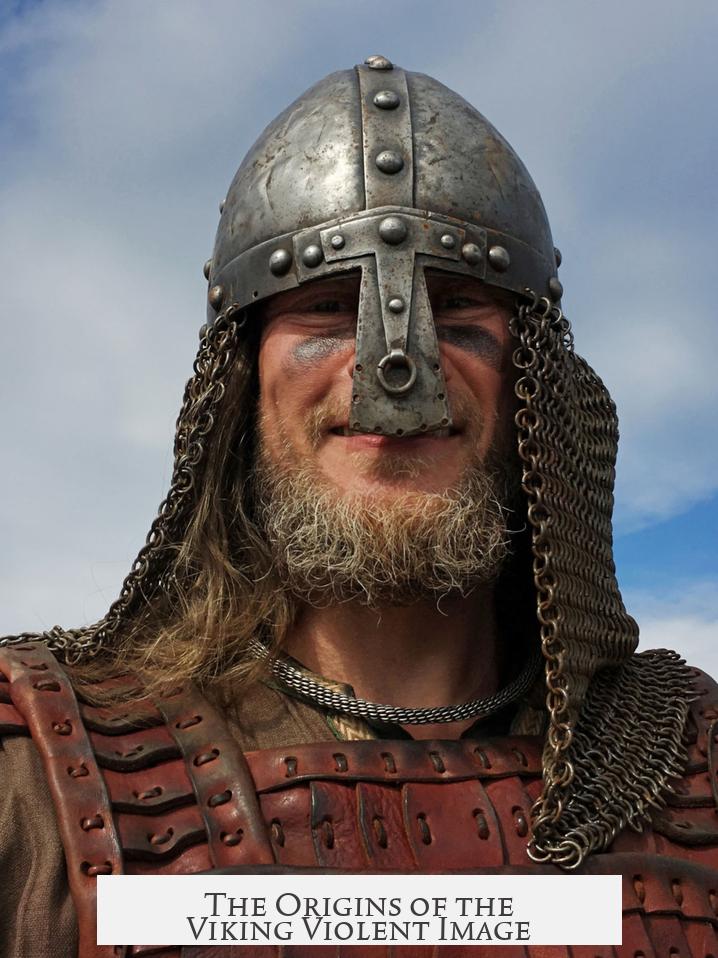
The word “Viking” itself means pirate or raider. So, violence is literally baked into their name. Early written sources, primarily from those on the receiving end—the English, Irish, and Frankish chroniclers—paint Vikings as merciless invaders.
For example, 793 AD is a defining year thanks to the infamous raid on the monastery of Lindisfarne, an event that shook Christian Europe. Alcuin, a scholar and cleric, penned letters describing this attack with heartbreak bordering on horror: the desecration of sacred spaces and the slaughter of monks. If you’ve watched the TV show Vikings, that scene probably left an impression.
The first recorded Viking attack is even earlier—around 787 or 789 AD when a group of ships from Norway’s Hordaland attacked in England. An official sent to meet them was killed, marking the chilling start of many such encounters. It’s like the Viking version of an “unfriendly welcome.”
- Between 840 and 911, continental Europe saw over 120 Viking raids. These weren’t all quick hit-and-runs; many escalated into sieges and prolonged invasions.
- The Great Heathen Army famously conquered large parts of England, reshaping its history forever.
- Many attacks targeted monasteries—soft, wealthy spots that housed not just treasure but unwelcome survivors.
Viking Violence: What Contemporary Records Say
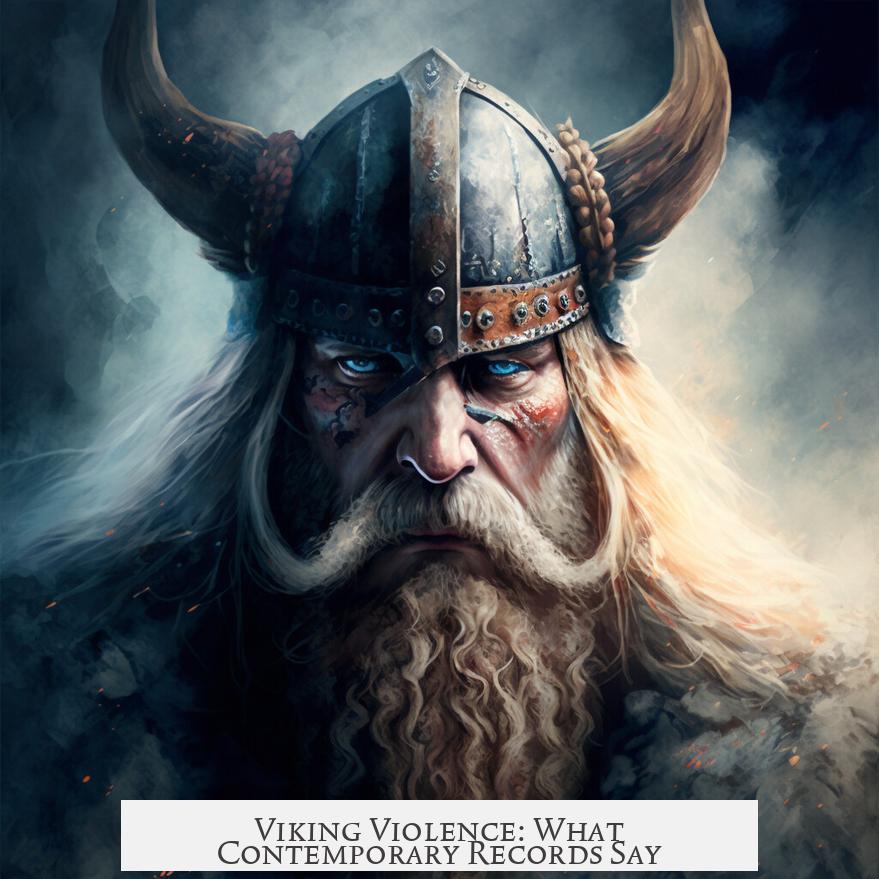
Our evidence doesn’t come from thin air. Chronicles such as the Anglo-Saxon Chronicles, the Annals of Ulster, and the Royal Frankish Annals offer detailed accounts of violence and piracy. These texts describe Vikings as ruthless bloodthirsty pagans, with vivid imagery: saints’ blood spilled on altar floors and entire cities ravaged.
“PAGANS have desecrated God’s sanctuary, shed the blood of saints around the altar, trampled the bodies of the saints like dung in the street.” — Alcuin
“The Vikings captured the city of Nantes, destroyed the cathedral, and slaughtered everyone, including Bishop Gunhard, who died praying.” — Chronicle of Nantes
Additionally, Christian hagiographies (saints’ biographies) and miracle records recount grotesque Viking atrocities—like the martyrdom of Saint Blamthac, torn limb by limb for refusing to surrender relics. Far from peaceful travelers, these descriptions depict Vikings as ferocious warlords who inspired terror.
But What About Scandinavia’s Own Stories?
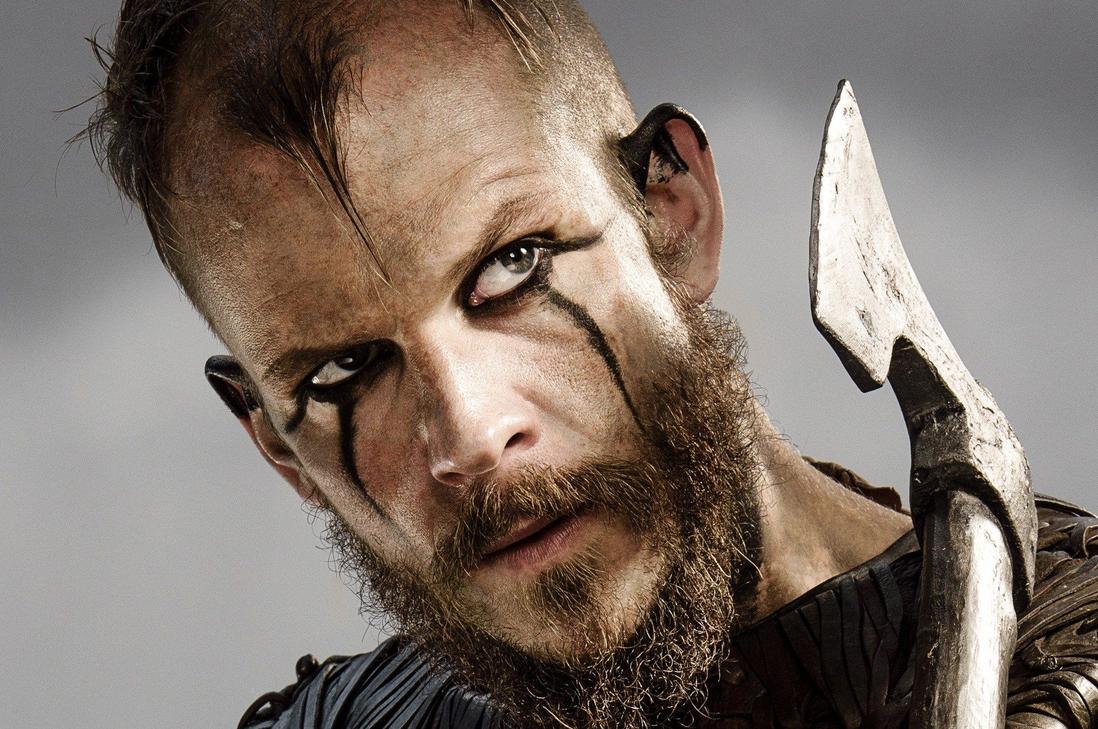
Interestingly, Scandinavian sources, which are mostly from the 13th century, echo this violent theme. Since Scandinavia was largely pre-literate during the Viking Age, scholars rely on later written poetry and sagas.
Skaldic poetry, known for its dense and allusive style, is filled with imagery of battle, blood, and conquest. Take Arnor Thordarson’s poem celebrating an earl’s raid on England:
“His troop reddened eagle’s tongue / as he made flags advance. / Flames shot up; halls collapsed; / his men made refugees.”
And the Old Norse sagas? They brim with violent feuds, bloody betrayals, and legendary cruelties like the Blood Eagle—a grisly ritual supposed to rip out a victim’s lungs to resemble an eagle’s wings. Whether fully factual or partly myth, these stories reinforce the reputation Vikings had for savagery.
So, Were Vikings Only Violent Raiders?
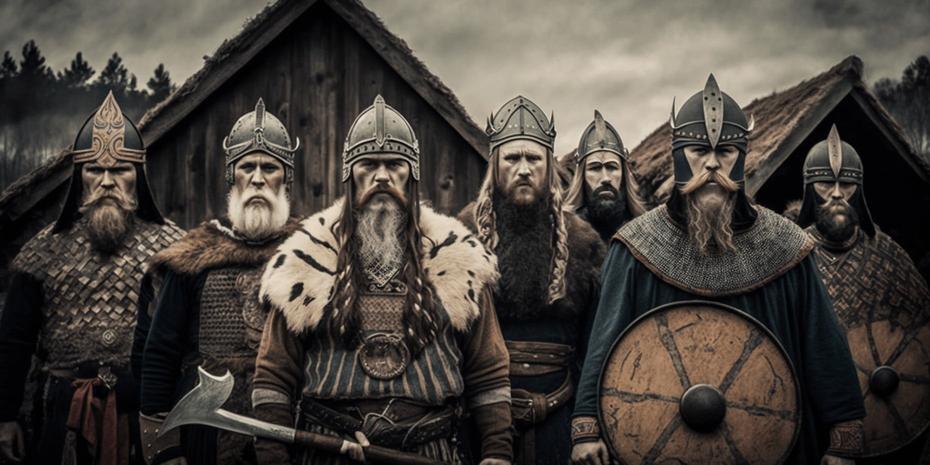
Not quite. Yes, Vikings engaged in violent raids, piracy, and warfare. It was part of their strategy to survive and thrive in a harsh world. But there’s more to the story:
- Vikings also traveled to trade, settle, and explore. Think of them as early entrepreneurs and adventurers, not just bloodthirsty pirates.
- Scandinavian society had laws, social norms, and diplomacy, not a chaotic free-for-all of violence.
- Violence was brutal but specific to the context of the time. Raids were military campaigns, not random acts of sadism.
The violent image, however fierce, does reflect reality based on multiple solid historical sources. Medieval chroniclers who suffered Viking raids portray their attackers as terrifying warriors. Later Scandinavian writings seem to embrace this identity with pride rather than denial.
What Can We Learn From This?

Understanding Vikings means balancing their fearsome reputation with context. Imagine living on the coast: a sudden raid could destroy your village overnight. Then, imagine yourself as a Viking leader using raids to gain power and resources.
This explains why Vikings appear violent in sources—they were indeed often violent. But they were also sailors, settlers, and state builders.
Does this change how you see the Vikings? Next time you watch Vikings charging into battle on TV or read tales of their terrifying raids, remember there’s a complex world beneath those bloodied axes.
Practical takeaway: How this impacts modern views
- Be skeptical of simplistic “barbarians” imagery.
- Appreciate that violence was a tool of survival in their era.
- Recognize Vikings also contributed to medieval culture, law, and exploration.
In summary, Viking violence isn’t just a myth or exaggeration. It’s a significant part of who they were. But understanding that fully means seeing Vikings as complex figures shaped by their harsh environment and era—not just as brutal marauders terrorizing Europe without rhyme or reason.
Were Vikings mainly raiders and pirates?
Yes, the term Viking means pirate or raider. Early historical records show Vikings frequently attacking coastal sites, especially monasteries. Raiding was a central part of their interaction with other regions.
How violent were Viking attacks according to historical sources?
Contemporary sources describe brutal violence. Monasteries were often looted and destroyed, with civilians and clergy killed. Accounts detail sieges, beheadings, and desecration of holy places.
Do Scandinavian sources also depict Vikings as violent?
Yes, Viking poetry and sagas contain vivid descriptions of battles and slaughter. They depict warfare as fierce and chaotic, confirming a culture familiar with violence.
Are violent Viking rites like the Blood Eagle historically confirmed?
The Blood Eagle appears in Old Norse sagas but its historicity is debated. Some scholars view it as symbolic or exaggerated rather than a common practice.
Did Viking violence escalate over time?
Yes, early raids were quick and seasonal. By the mid-9th century, attacks evolved into prolonged sieges and invasions, including the establishment of large armies.
